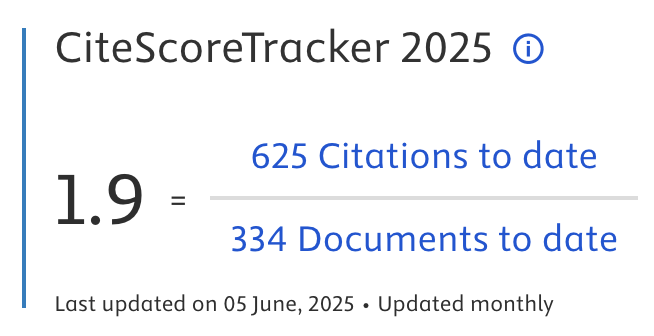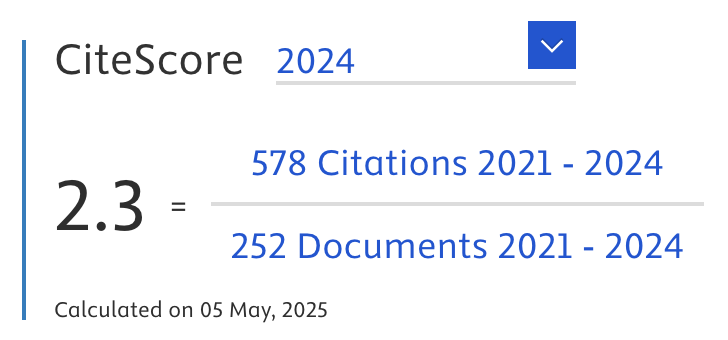Multi-Algorithm to Measure the Accuracy Level of Diabetes Status Prediction
Abstract
Poor management of diabetes leads to damage in organs and body tissues, impacting crucial organs like the heart, kidneys, eyes, and nerves. Although there is no permanent cure for diabetes, early detection enables effective disease management, which researchers and medical professionals agree enhances recovery prospects. The rapid progress in information technology has facilitated early prediction and diagnosis of diseases through Machine Learning (ML), a subset of Artificial Intelligence (AI) comprising various algorithms such as Neural Network, Support Vector Machine (SVM), kNN, Random Forest, and Naïve Bayes. These algorithms serve as effective tools in handling predictive data. Early prediction of diabetes holds the potential to control the disease and save lives. Therefore, the focus of this research is to develop a predictive model for diabetes status by utilizing various algorithms, but the level of validation of this model still needs to be tested. The dataset utilized consists of information from several diabetic patients, including eight input variables (pregnancies, glucose levels, blood pressure, skin thickness, insulin levels, BMI, age, and diabetes pedigree function) and one output variable (diabetes status). Research findings indicate that the SVM algorithm exhibits superior accuracy (84%) in predicting diabetes status compared to other algorithms such as neural network, Random Forest, Naïve Bayes, and kNN.
Article Metrics
Abstract: 256 Viewers PDF: 160 ViewersKeywords
Diabetes; Multi-algorithm; Prediction; Accuracy level
Full Text:
PDF
DOI:
https://doi.org/10.47738/jads.v5i2.250
Citation Analysis:
Refbacks
- There are currently no refbacks.

Journal of Applied Data Sciences
| ISSN | : | 2723-6471 (Online) |
| Collaborated with | : | Computer Science and Systems Information Technology, King Abdulaziz University, Kingdom of Saudi Arabia. |
| Publisher | : | Bright Publisher |
| Website | : | http://bright-journal.org/JADS |
| : | taqwa@amikompurwokerto.ac.id (principal contact) | |
| support@bright-journal.org (technical issues) |
 This work is licensed under a Creative Commons Attribution-ShareAlike 4.0
This work is licensed under a Creative Commons Attribution-ShareAlike 4.0





.png)